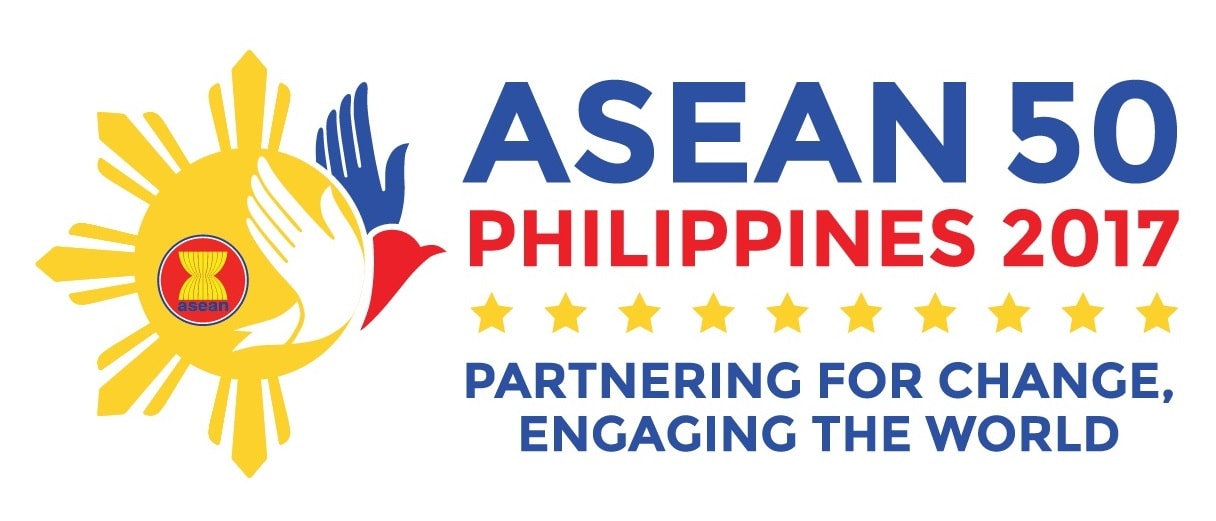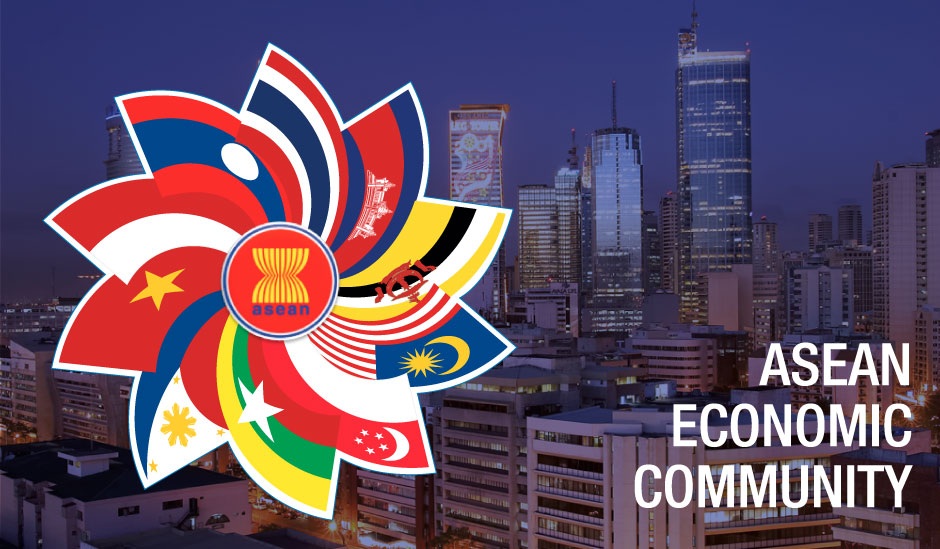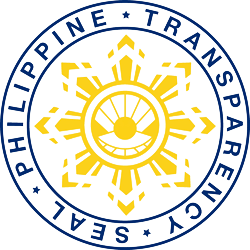Association of Southeast Asian Nations (ASEAN)
ASEAN 50
50th Year of Being One ASEAN
The Philippines’ ASEAN chairmanship coincides with a historic milestone event—the 50th anniversary of the founding of our Association. It will be an occasion for us to set the tone for the next 50 years.
Founded in 1967, ASEAN has since matured into a community focused on economic integration and growth, and consensus-building. This is the “ASEAN Way” and it has resulted in unprecedented growth. ASEAN is both the world’s seventh-largest market and third largest labor force, and has been projected to become the fourth largest economic bloc by 2030.
Additionally, the group established the ASEAN Economic Community last year to create a single market and production base—facilitating even closer economic, political, social, and cultural cooperation. As we celebrate our shared success for the last 50 years, we look with excitement to the future as we work hand in hand to partners for real change.
ASEAN 2017 LOGO
The primary symbol of this year’s ASEAN Summits and the Philippine Chairmanship. All the elements were purposely selected, from the colors to typeface, to capture the vision of ASEAN 2017.
 |
The logo for PH 2017 ASEAN Chairmanship is represented by the following elements:
- Bright yellow sun, including its rays, represent ASEAN’s aspirations of prosperity and hopeful beginning for ASEAN@50.
- Blue hand represents unity, which embodies ASEAN’s vision of solidarity among states.
- Dove of peace represents courage and dynamism.
- Stars represent the 10 ASEAN Member States, positioned even-handed to symbolize equality and active collaboration.
The PH Chairmanship will bear the theme: “Partnering for Change, Engaging the World”. The theme captures PH’s resolve to consolidate ASEAN Community for its people with the sense of togetherness and common identity, ready and able to take its rightful place in the global community of nations.
The theme is also in line with the current administration and the region’s pursuit to enhance cooperation with global partners to ensure that the ASEAN citizens live in peace, stability, security, and growth while remaining ASEAN’s unity and solidarity at all times. As what the PH President conveyed at the September 2016 ASEAN Summit, the theme aims to highlight ASEAN as a model of regionalism and a global player, with the interest of the people at its core.
ASEAN Economic Community
The establishment of the ASEAN Economic Community (AEC) in 2015 is a major milestone in the regional economic integration agenda in ASEAN, offering opportunities in the form of a huge market of US$2.6 trillion and over 622 million people. In 2014, AEC was collectively the third largest economy in Asia and the seventh largest in the world.
 |
The AEC Blueprint 2025, adopted by the ASEAN Leaders at the 27th ASEAN Summit on 22 November 2015 in Kuala Lumpur, Malaysia, provides broad directions through strategic measures for the AEC from 2016 to 2025. Along with the ASEAN Community Vision 2025, and the ASEAN Political-Security Community (APSC) Blueprint 2025 and the ASEAN Socio-Cultural Community (ASCC) Blueprint 2025, the AEC Blueprint 2025 forms part of ASEAN 2025: Forging Ahead Together. It succeeded the AEC Blueprint (2008-2015), which was adopted in 2007.
The AEC Blueprint 2025 is aimed towards achieving the vision of having an AEC by 2025 that is highly integrated and cohesive; competitive, innovative and dynamic; with enhanced connectivity and sectoral cooperation; and a more resilient, inclusive, and people-oriented, people-centered community, integrated with the global economy.
The AEC Blueprint 2025 consists of five interrelated and mutually reinforcing characteristics, namely: (i) A Highly Integrated and Cohesive Economy; (ii) A Competitive, Innovative, and Dynamic ASEAN; (iii) Enhanced Connectivity and Sectoral Cooperation; (iv) A Resilient, Inclusive, People-Oriented, and People-Centred ASEAN; and (v) A Global ASEAN. These characteristics support the vision for the AEC as envisaged in the ASEAN Community Vision 2025.
The AEC 2025 Consolidated Strategic Action Plan (CSAP) comprises of key action lines that will operationalize the strategic measures in the AEC Blueprint 2025. It takes into account the relevant sectoral workplans, and will be reviewed periodically to account for developments in each sector.
The AEC Blueprint 2025 will lead towards an ASEAN that is more proactive, having had in place the structure and frameworks to operate as an economic community, cultivating its collective identity and strength to engage with the world, responding to new developments, and seizing new opportunities. The new Blueprint will not only ensure that the 10 ASEAN Member States are economically integrated, but are also sustainably and gainfully integrated in the global economy, thus contributing to the goal of shared prosperity.
For more details, contact the DTI ASEAN Desk at bitraseandesk@dti.gov.ph



